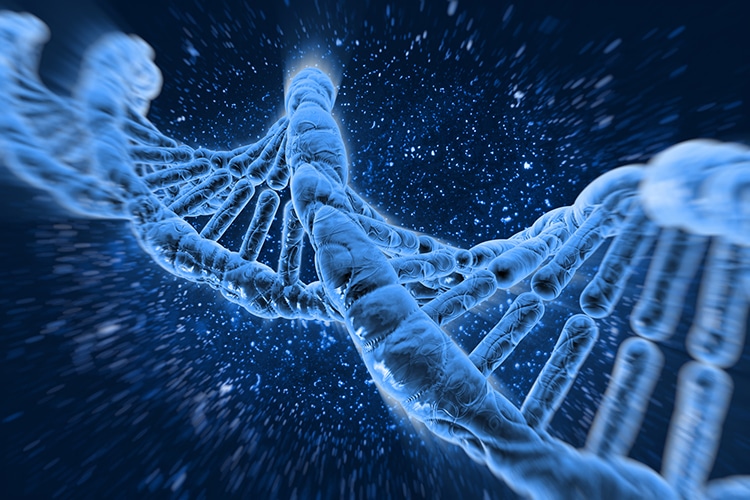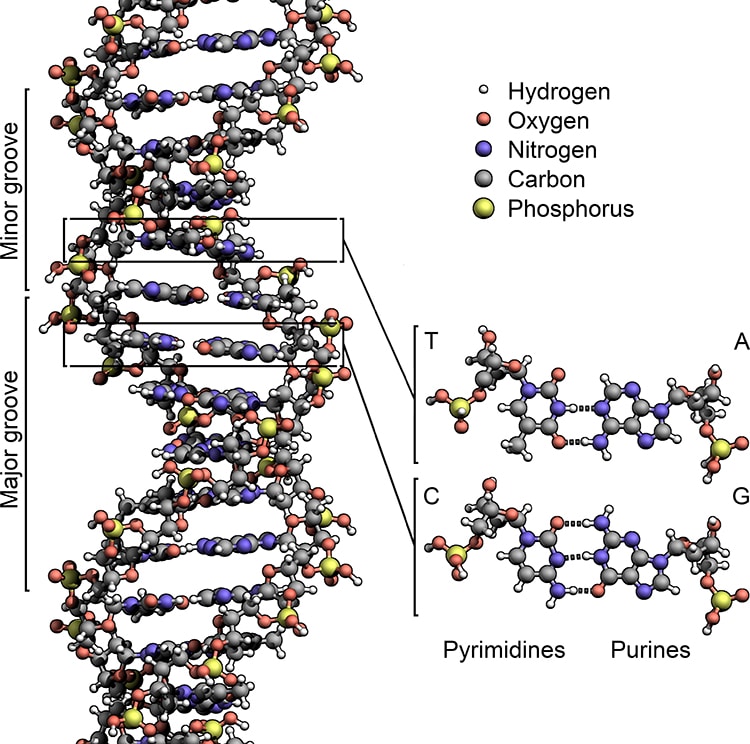
Photo: VITSTUDIO/Depositphotos
Humanity is a work in progress, and sequencing the human genome has been too. In 1990, the Human Genome Project began working to decode the fundamental building blocks of humanity: our DNA, collected into 23 chromosomes within what is called a genome. By 2003, the project had sequenced three billion chemical base pairs that make up human DNA. This phenomenally successful project eventually documented 92% of the genome. However, it would take almost 20 years to decode the final eight percent. As announced in Science, a team of researchers has at last sequenced a full human genome.
The previously mapped portion of the genome contained the euchromatin regions of the genome. These portions of DNA, RNA, and proteins are more loosely packed, making them easier to decode. They also play fundamental roles in directing cell activities. The heterochromatin regions—by contrast—were known as the dark matter of DNA. These dense packets of DNA material contain many repeating sequences. They have long been difficult to decode.
Picking up the quest where the Human Genome Project and subsequent scientists left off, the Telomere to Telomere (T2T) consortium created a brain trust of about 100 researchers. With machine technology and manual methods, the researchers began to attack the dark matter portions of the genome. Their results are finally past the peer-review process as the first fully-mapped human genome.
The findings will offer a peek into a previously unknown genetic mine. The information contained within is likely to be useful for researchers of inherited diseases, among other health topics that point to the future of individual health data.
The final missing eight percent of the human genome has been mapped to complete the decades-long project of decoding humanity.

DNA structure showing the iconic double helix. (Photo: Zephyris via Wikimedia Commons, CC BY-SA 3.0)
h/t: [Gizmodo]
Related Articles:
DNA Researchers Discover 14 Living Relatives of Leonard da Vinci
New Evidence of Earliest European Humans Discovered in French Cave
Researchers Use DNA to Reconstruct the Faces of Three Ancient Egyptian Mummies
World’s Oldest DNA Is Discovered in a 1.2-Million-Year-Old Mammoth
